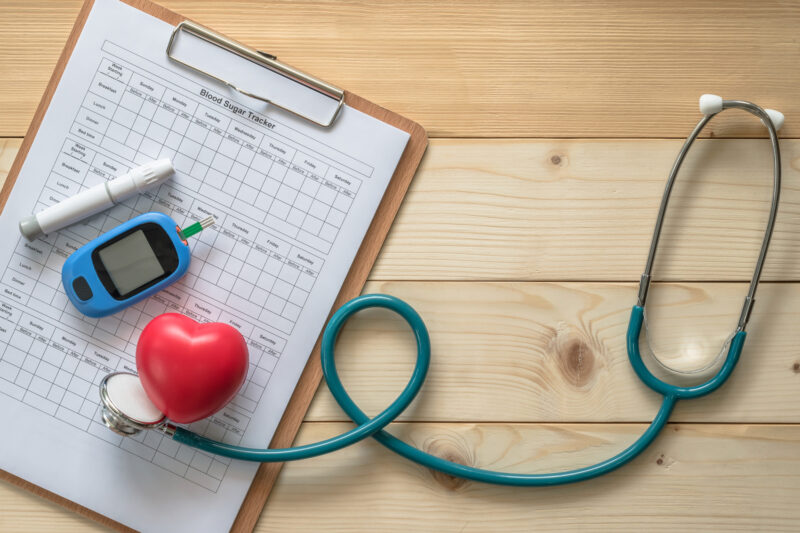Did you know that according to the American Diabetes Association, 32.4 million Americans are living with diabetes? In addition to the 32.4 million Americans already diagnosed, it’s also estimated that are about 7.3 million Americans living with diabetes but are undiagnosed.
There are 3 types of diabetes, and the way they affect the body, risk factors, and ways for controlling diabetes all vary slightly.
So, let’s dive into the types of diabetes.
Contents
Type 1 Diabetes
Type 1 diabetes is the least common type of diabetes. About 5% to 10% of people living with diabetes are type 1 diabetics.
It’s commonly diagnosed in children, teens, and young adults. Because of this, it is sometimes referred to as juvenile diabetes.
Type 1 diabetes is believed to be caused by an autoimmune reaction. This autoimmune reaction stops the body from making insulin. Therefore, people living with this type of diabetes must take insulin every day.
Symptoms of type 1 diabetes typically come on quickly. Currently, there is not a known way to prevent type 1 diabetes. However, following doctor’s instructions, eating healthy, and taking the proper medication can help in diabetic management for type 1 diabetics.
Type 2 Diabetes
Unlike type 1 diabetes, type 2 diabetes usually is diagnosed in adults. However, it is starting to be more common in children, teens, and young adults.
In type 2 diabetes, the body does not use the insulin produced by the body well. Because the body doesn’t produce insulin as it should, this prevents the body from maintaining normal blood sugar levels.
If you have a family history or have other risk factors for type 2 diabetes, it’s crucial to talk to your doctor and get tested. Often there are no symptoms of type 2 diabetes.
Making lifestyle changes can help decrease a person’s risk of type 2 diabetes. Making changes such as losing weight, eating healthy, and being active can help reduce someone’s risk of type 2 diabetes.
Diabetic management is critical for long-term health and wellness for living with diabetes. Uncontrolled diabetes can affect almost every organ in the body, from the heart to gums and teeth.
Uncontrolled diabetes can affect someone’s feet due to poor circulation. This makes proper foot care shoes crucial in diabetic treatment. For more on men’s orthotic shoes, check out Diabetic Shoes Hub.
Another great way to take of your feet is with diabetic socks. These socks are typically made from soft and breathable materials that wick away moisture from the skin, preventing bacterial growth and keeping the feet dry. Diabetic socks like Circufiber socks have a non-binding top that helps improve circulation and reduce the risk of swelling or pressure points. Overall, wearing diabetic socks can greatly benefit individuals with diabetes by promoting foot health and preventing potential complications.
Gestational Diabetes
Gestational diabetes occurs in pregnant mothers who have not had diabetes before becoming pregnant.
Gestational diabetes typically goes away after the baby is born. However, the mother has an increased risk of developing type 2 diabetes later on.
In addition, the baby is at a higher risk for health problems. For example, a baby born with a mom who had gestational diabetes is more likely to become obese as a child or teen. Also, the child is at an increased risk of developing diabetes as they grow up.
Living With the Different Types of Diabetes
While there is no cure for any of the types of diabetes, there are ways to manage the disease. Controlling diabetes is necessary to reduce the risk of other conditions such as heart disease and gum disease.
There is continuing research for diabetes in hopes of having a cure for this disease eventually.
Did you enjoy this article on the types of diabetes? If so, check out more of our great articles under our health section of this blog for more great content.



